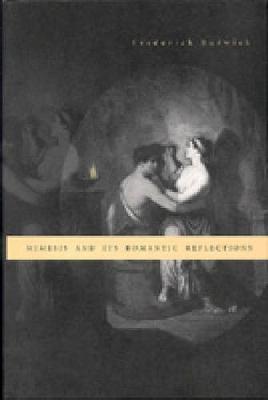In Romantic theories of art and literature, the notion of mimesis-defined as art's reflection of the external world-became introspective and self-reflexive as poets and artists sought to represent the act of creativity itself. Frederick Burwick seeks to elucidate this Romantic aesthetic, first by offering an understanding of key Romantic mimetic concepts and then by analyzing manifestations of the mimetic process in literary works of the period.
Burwick explores the mimetic concepts of "art for art's sake," "Idem et Alter," and "palingenesis of mind as art" by drawing on the theories of Philo of Alexandria, Aristotle, Immanuel Kant, Friedrich Schiller, Friederich Wilhelm Joseph von Schelling, Thomas De Quincey, and Germaine de Stael. Having established the philosophical bases of these key mimetic concepts, Burwick analyzes manifestations of mimesis in the literature of the period, including ekphrasis in the work of Thomas De Quincey, mirrored images in the poems of Samuel Taylor Coleridge and William Wordsworth, and the twice-told tale in the novels of Charles Brockden Brown, E. T. A. Hoffmann, and James Hogg. Although artists of this period have traditionally been dismissed in discussions of mimesis, Burwick demonstrates that mimetic concepts comprised a major component of the Romantic aesthetic.
- ISBN10 0271020377
- ISBN13 9780271020372
- Publish Date 1 March 2001 (first published 15 January 2001)
- Publish Status Out of Print
- Out of Print 22 January 2021
- Publish Country US
- Imprint Pennsylvania State University Press
- Format Hardcover
- Pages 216
- Language English
